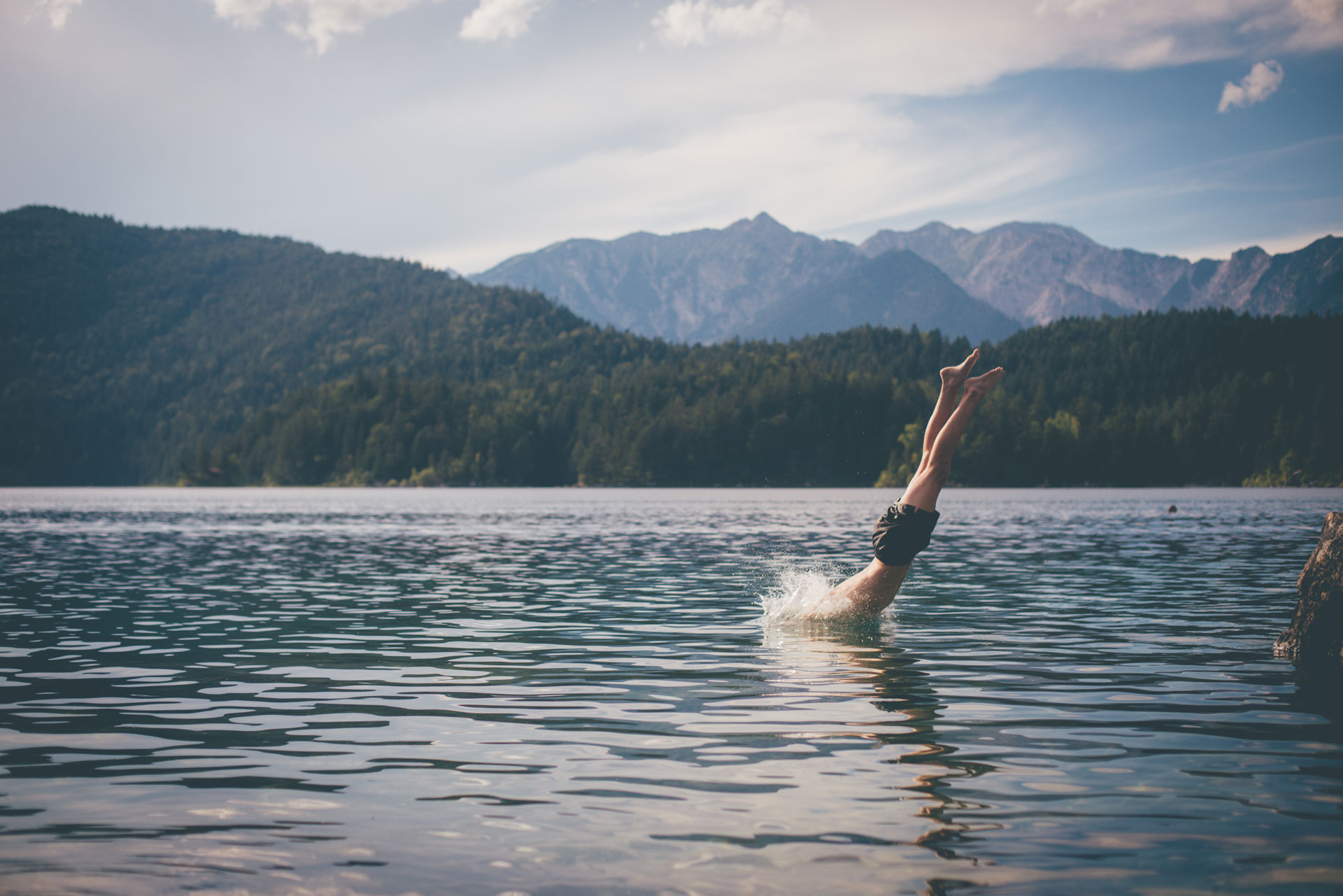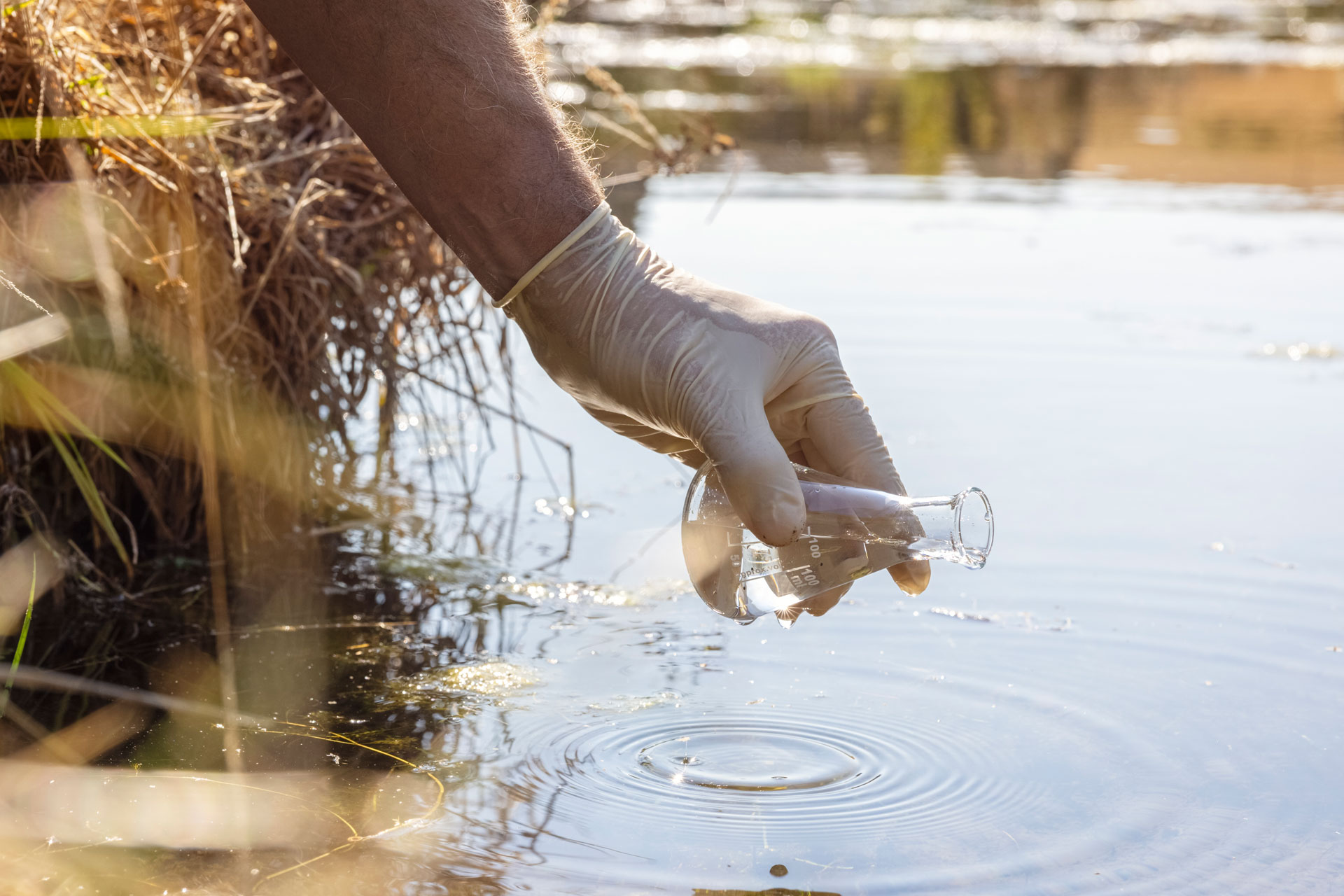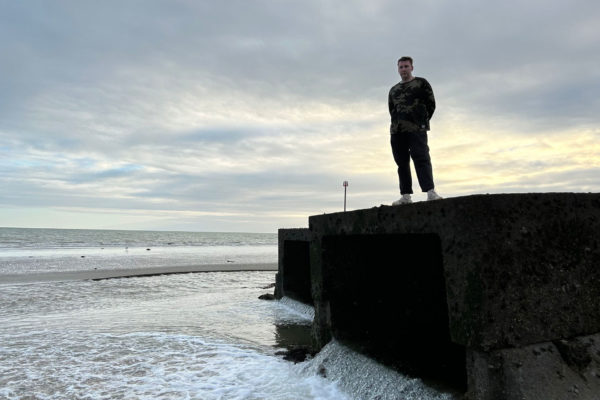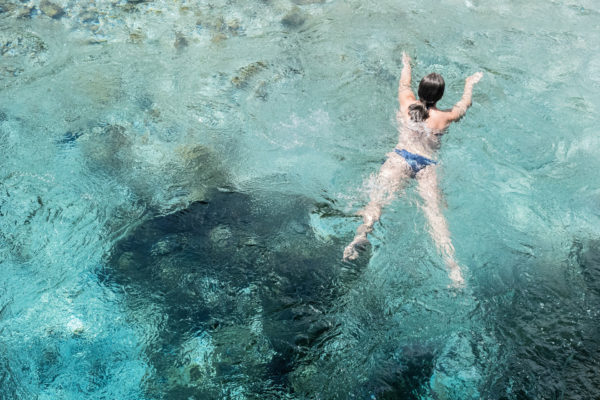Is Your Wild Swimming Spot Clean Enough?
By
11 months ago
How to ensure your chosen spot is safe for a dip

Wild swimming has been associated with an array of wellbeing benefits, from reduced stress to better sleep and improved cardiovascular health. And with an endless string of beautiful rivers and lakes dotted around the country – including 27 newly designated sites – the UK has plenty of opportunities for swimming in the open air.
However, the ever-popular pastime is not without risk. There are often unpredictable waters, strong currents and uneven banks to navigate – but one of the most timely issues swimmers face is poor water quality.
The country’s waterways are in a bad state. According to a 2022 report from the House of Commons Committee, no river in England is free from contamination – a result of excessive pesticides in agriculture, untreated sewage, and road pollution. So, while the country is filled with beautiful al fresco swimming spots, it’s important to check the water’s cleanliness beforehand.
How To Check Water Quality When Wild Swimming
The Environment Agency tests designated wild swimming sites throughout the summer season (from May to September). Last year, out of the 423 bathing sites measured in England, 405 met at least the minimum standard, in line with the Bathing Water Regulations. However, the number rated as ‘poor’ rose to its highest level since 2015.
You can check how each spot fared on the Swimfo website. If a waterway is labelled as ‘poor’, it’s recommended that you don’t swim there (a sign should be put up too).
For rivers in particular, you can use this interactive map from The Rivers Trust, which highlights where sewage discharges have occurred. It advises: ‘avoid entering the water immediately downstream of these charges and avoid the storm overflows, especially after it has been raining.’
Another useful resource is the Safer Seas & Rivers Service app, created by charity Surfers Against Sewage, which logs water quality in real time.
This may sound obvious, but it’s also worth using your own judgement. On The Outdoor Swimming Society’s website, it says: ‘If it looks unappealing (scummy or cloudy), or it smells wrong, then your instinct to stay out is a good one.’ It also advises swimmers to look out for blue green algae, which can cause skin rashes and allergic reactions.

Getty Images
How To Stay Safe In The Water
While you’re in the water, there are also precautions you can take to avoid illness.
- Keep your mouth closed to avoid swallowing any water. This tends to be easier with breaststroke than with front crawl, particularly for less advanced swimmers.
- Join a dedicated swimming group – these are often run by experts who have more knowledge of which waters are safe and clean.
- Cover up any cuts with waterproof plasters before entering the water (this can help protect from Weil’s disease). Replace the plasters after swimming and wash the cuts with clean water.
- Use a swimming hat or ear plugs to protect your ears from infection.





